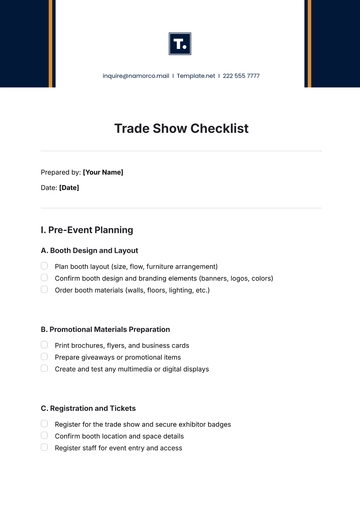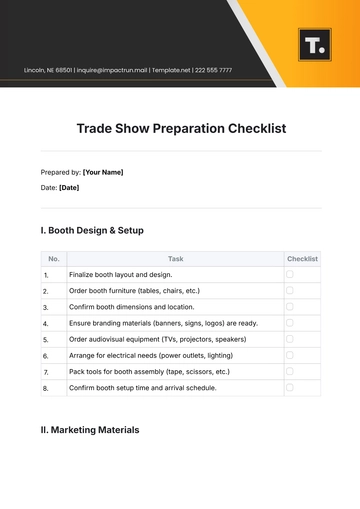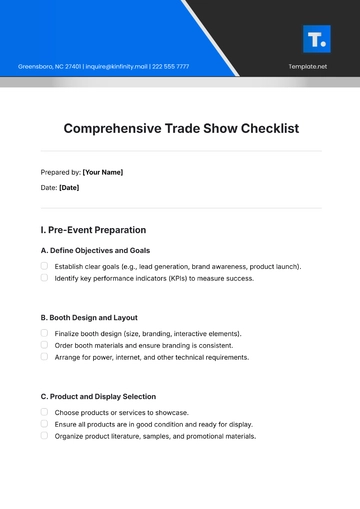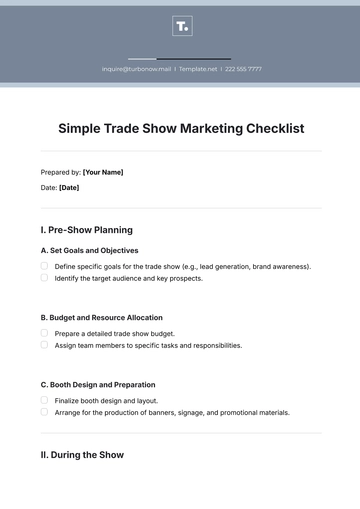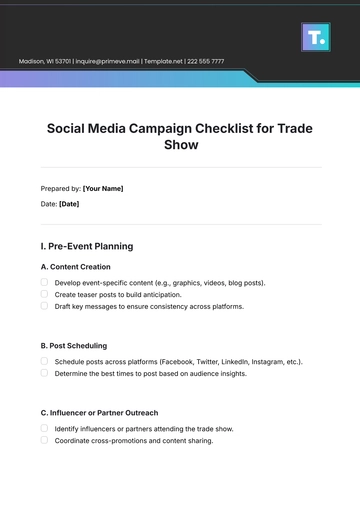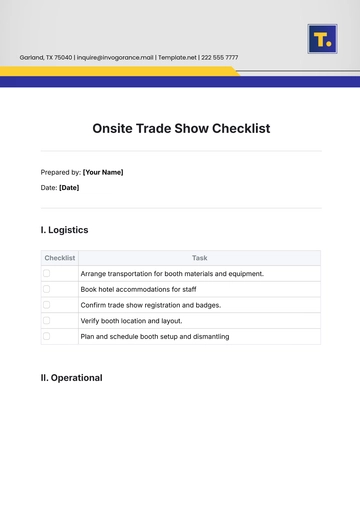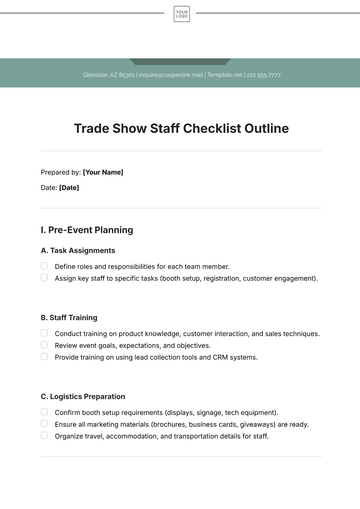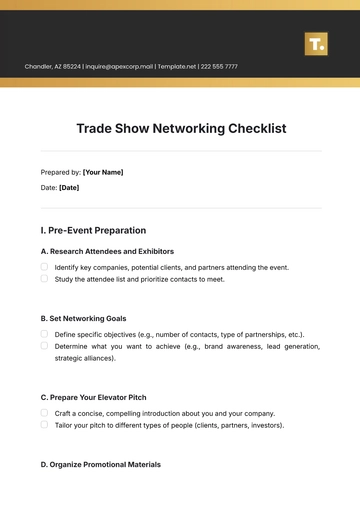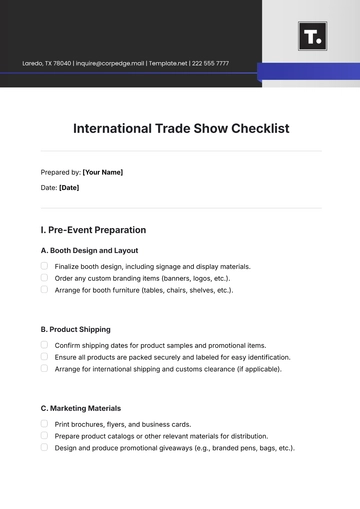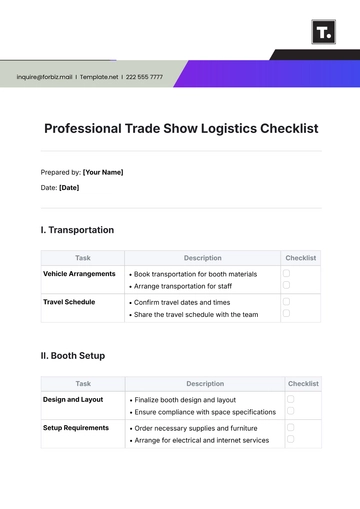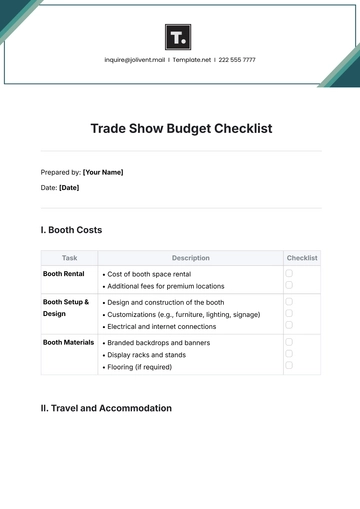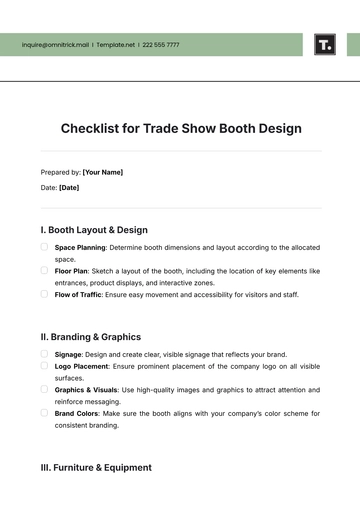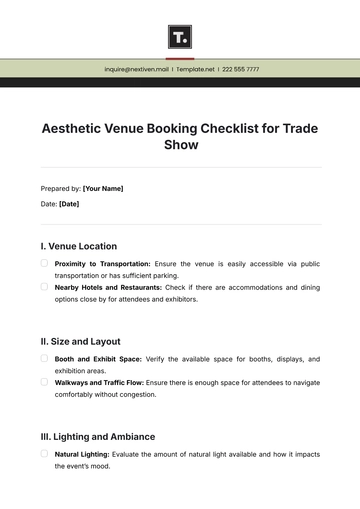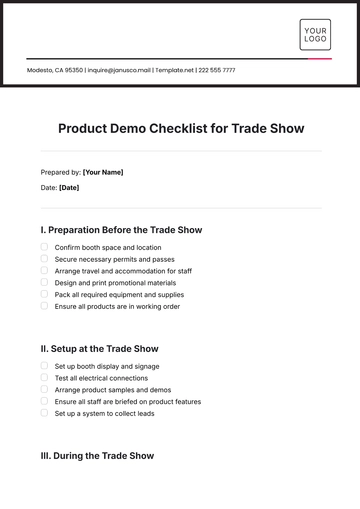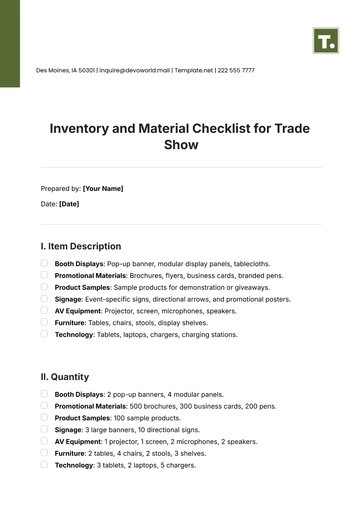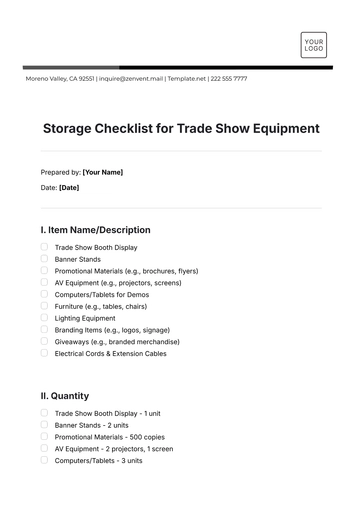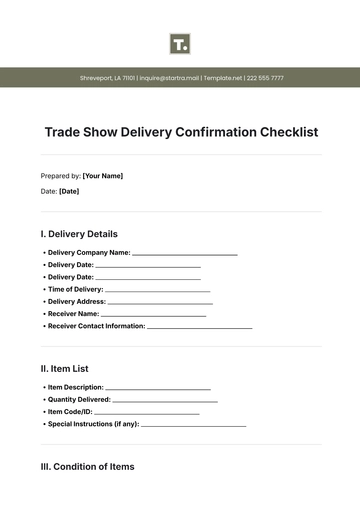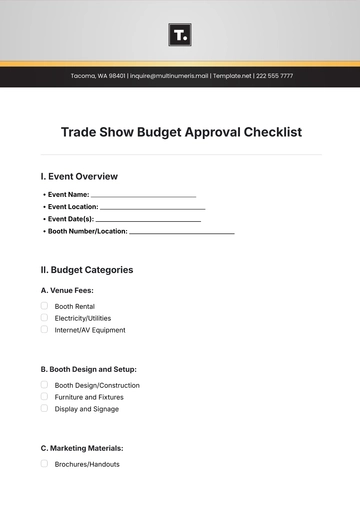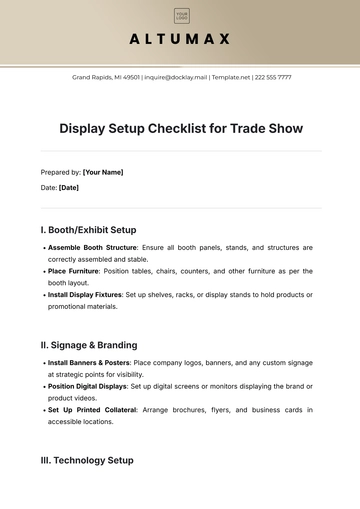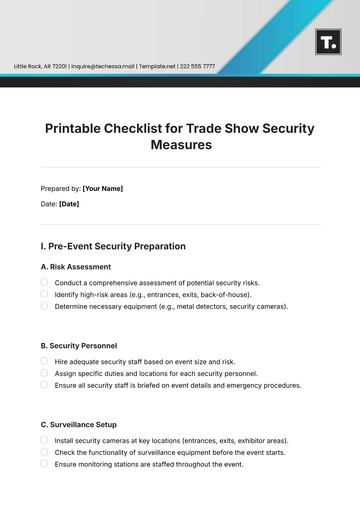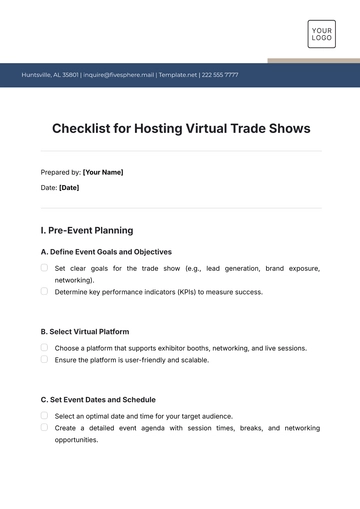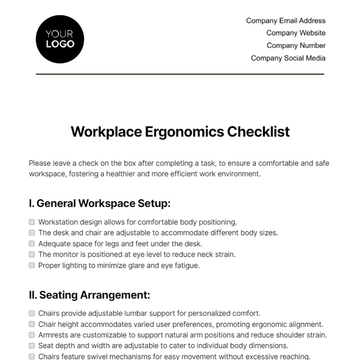Free Workplace Ergonomics Checklist
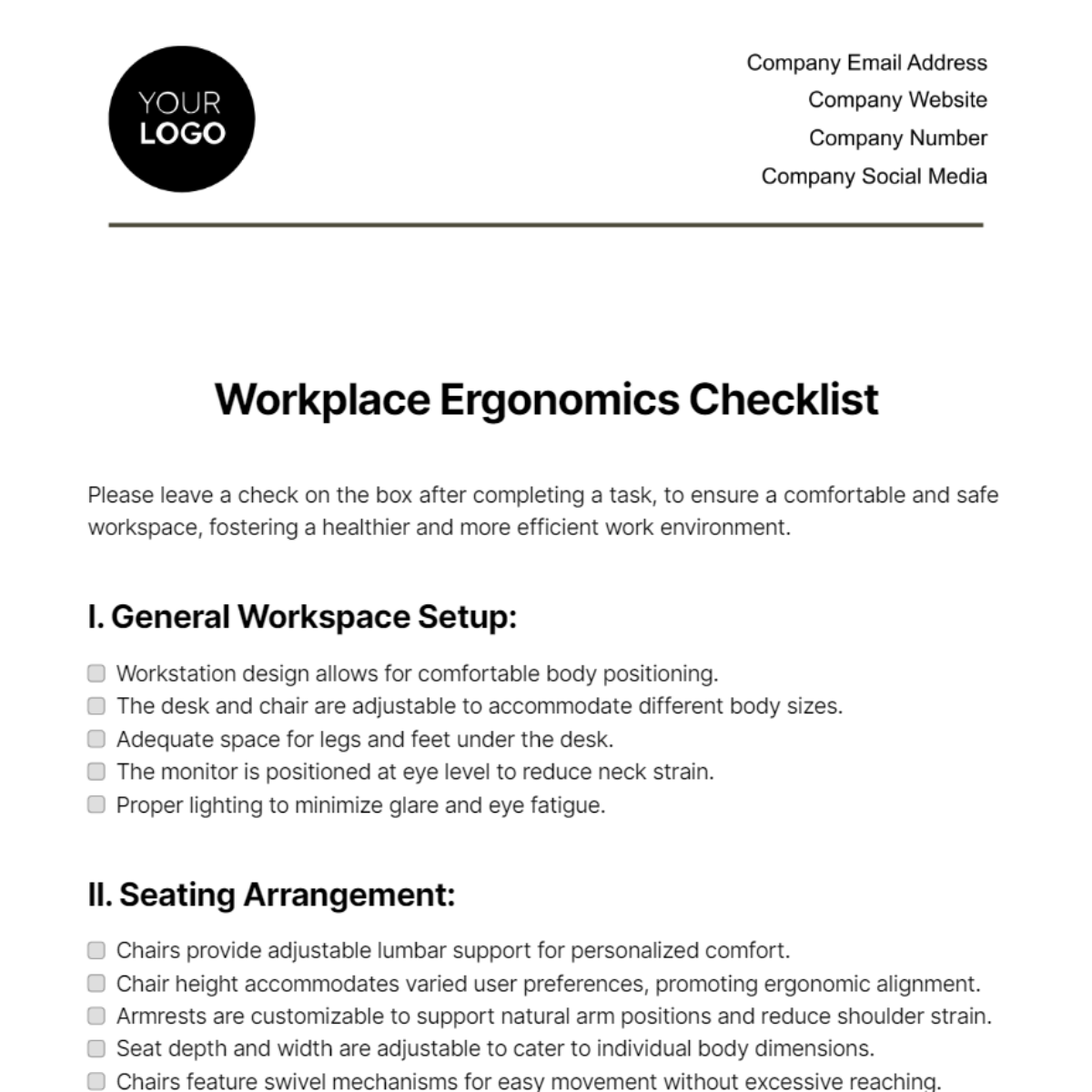
Please leave a check on the box after completing a task, to ensure a comfortable and safe workspace, fostering a healthier and more efficient work environment.
I. General Workspace Setup:
Workstation design allows for comfortable body positioning.
The desk and chair are adjustable to accommodate different body sizes.
Adequate space for legs and feet under the desk.
The monitor is positioned at eye level to reduce neck strain.
Proper lighting to minimize glare and eye fatigue.
II. Seating Arrangement:
Chairs provide adjustable lumbar support for personalized comfort.
Chair height accommodates varied user preferences, promoting ergonomic alignment.
Armrests are customizable to support natural arm positions and reduce shoulder strain.
Seat depth and width are adjustable to cater to individual body dimensions.
Chairs feature swivel mechanisms for easy movement without excessive reaching.
III. Computer and Accessories:
Ergonomic keyboards and mice promote a natural hand and wrist position.
Document holders are adjustable to reduce neck strain during prolonged reading.
Monitors offer tilt and swivel options for optimal viewing angles.
Use anti-glare screens to minimize reflections and enhance visual comfort.
Provide wireless accessories to allow flexibility in positioning and reduce cable clutter.
IV. Workspace Organization:
Implement a personalized organization system, considering the workflow of each employee.
Utilize ergonomic storage solutions to minimize the need for awkward reaching.
Label and organize cables to facilitate quick identification and prevent tangling.
Use adjustable shelving to accommodate varying heights of materials.
Integrate ergonomic accessories, such as monitor stands and task lighting, for efficient use of space.
V. Posture and Breaks:
Offer height-adjustable desks to encourage alternating between sitting and standing.
Provide ergonomic seating options like stability balls or active sitting chairs.
Schedule regular reminders for short breaks to encourage movement and stretching.
Conduct posture workshops to educate employees on maintaining a neutral spine.
Implement ergonomic tools, such as footrests, to support proper posture.
VI. Environmental Factors:
Ensure proper lighting with adjustable brightness levels to reduce eye strain.
Optimize indoor air quality with adequate ventilation and regular maintenance.
Use noise-canceling headphones or white noise machines to mitigate disruptive sounds.
Install adjustable blinds or curtains to control natural light and reduce glare.
Provide ergonomic seating in break areas to support relaxation and comfort.
VII. Training and Awareness:
Conduct interactive workshops to demonstrate proper ergonomic practices.
Create informative posters and handouts highlighting key ergonomic principles.
Include ergonomic considerations in new employee orientation programs.
Encourage team discussions on ergonomic best practices and challenges.
Foster a culture of openness, allowing employees to share and discuss ergonomic concerns.
VIII. Feedback Mechanism:
Establish an anonymous feedback system to encourage honest input.
Conduct regular surveys to assess employee satisfaction with ergonomic conditions.
Designate a dedicated channel for employees to report and discuss ergonomic issues.
Schedule periodic ergonomic check-ins to proactively address concerns.
Acknowledge and appreciate employees who contribute valuable feedback.
IX. Adjustments and Maintenance:
Provide a user guide on adjusting and maintaining ergonomic furniture and equipment.
Conduct routine inspections to identify and address any wear or damage.
Create a designated team responsible for prompt adjustments and repairs.
Encourage employees to report any issues promptly for swift resolution.
Establish a preventive maintenance schedule for ergonomic equipment.
- 100% Customizable, free editor
- Access 1 Million+ Templates, photo’s & graphics
- Download or share as a template
- Click and replace photos, graphics, text, backgrounds
- Resize, crop, AI write & more
- Access advanced editor
Optimize workplace ergonomics with Template.net's Workplace Ergonomics Checklist Template. This editable and customizable tool provides a comprehensive checklist for assessing ergonomic factors in the workplace. Utilize our intuitive Ai Editor Tool to tailor the checklist to your organization's specific needs effortlessly, ensuring employee comfort, safety, and productivity.
You may also like
- Cleaning Checklist
- Daily Checklist
- Travel Checklist
- Self Care Checklist
- Risk Assessment Checklist
- Onboarding Checklist
- Quality Checklist
- Compliance Checklist
- Audit Checklist
- Registry Checklist
- HR Checklist
- Restaurant Checklist
- Checklist Layout
- Creative Checklist
- Sales Checklist
- Construction Checklist
- Task Checklist
- Professional Checklist
- Hotel Checklist
- Employee Checklist
- Moving Checklist
- Marketing Checklist
- Accounting Checklist
- Camping Checklist
- Packing Checklist
- Real Estate Checklist
- Cleaning Checklist Service
- New Employee Checklist
- Food Checklist
- Home Inspection Checklist
- Advertising Checklist
- Event Checklist
- SEO Checklist
- Assessment Checklist
- Inspection Checklist
- Baby Registry Checklist
- Induction Checklist
- Employee Training Checklist
- Medical Checklist
- Safety Checklist
- Site Checklist
- Job Checklist
- Service Checklist
- Nanny Checklist
- Building Checklist
- Work Checklist
- Office Checklist
- Training Checklist
- Website Checklist
- IT and Software Checklist
- Performance Checklist
- Project Checklist
- Startup Checklist
- Education Checklist
- Home Checklist
- School Checklist
- Maintenance Checklist
- Planning Checklist
- Manager Checklist
- Wedding Checklist
- Vehicle Checklist
- Travel Agency Checklist
- Vehicle Inspection Checklist
- Interior Design Checklist
- Backpacking Checklist
- Business Checklist
- Legal Checklist
- Nursing Home Checklist
- Weekly Checklist
- Recruitment Checklist
- Salon Checklist
- Baby Checklist
- Equipment Checklist
- Trade Show Checklist
- Party Checklist
- Hospital Bag Checklist
- Evaluation Checklist
- Agency Checklist
- First Apartment Checklist
- Hiring Checklist
- Opening Checklist
- Small Business Checklist
- Rental Checklist
- College Dorm Checklist
- New Puppy Checklist
- University Checklist
- Building Maintenance Checklist
- Work From Home Checklist
- Student Checklist
- Application Checklist
